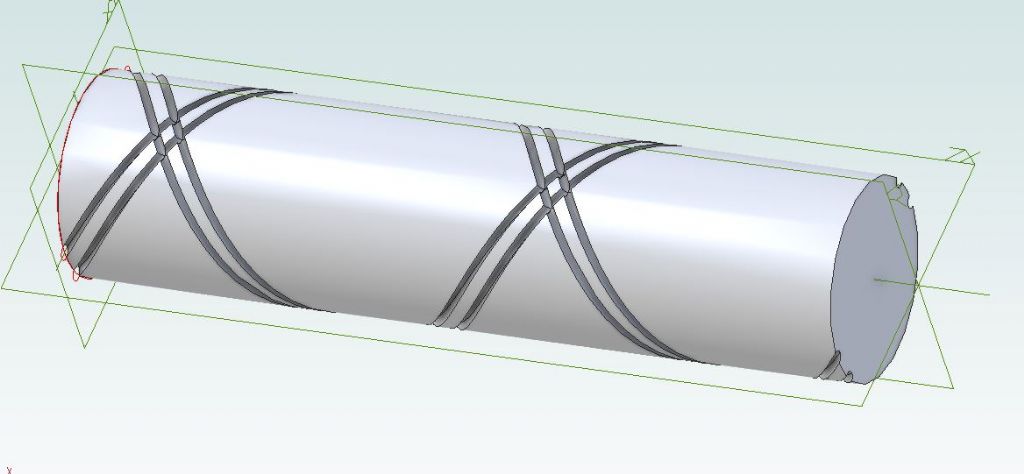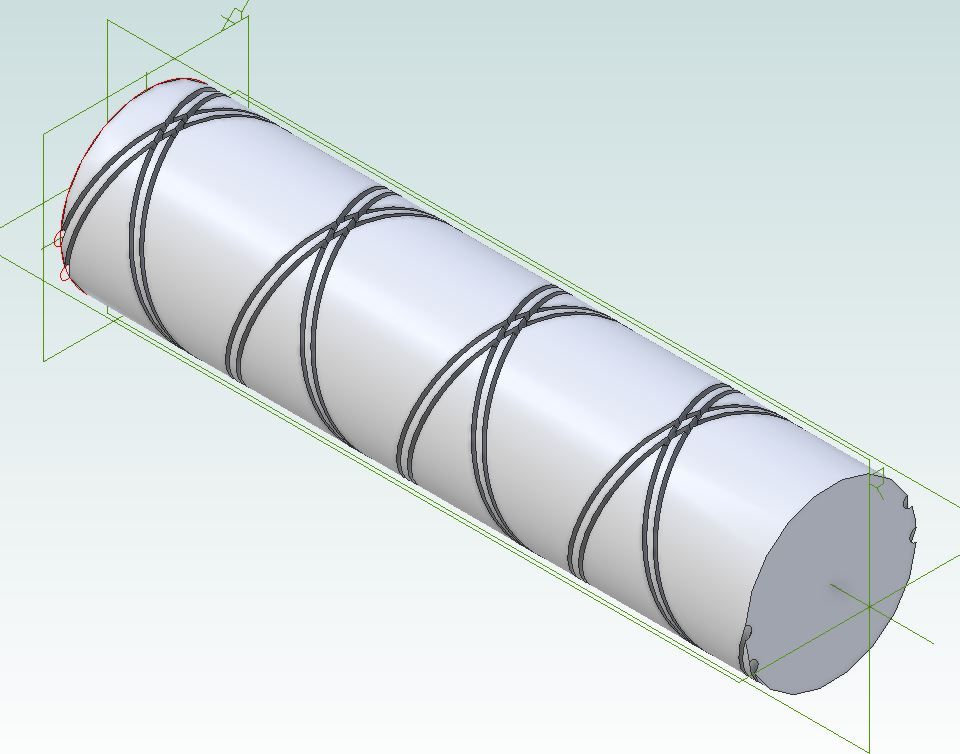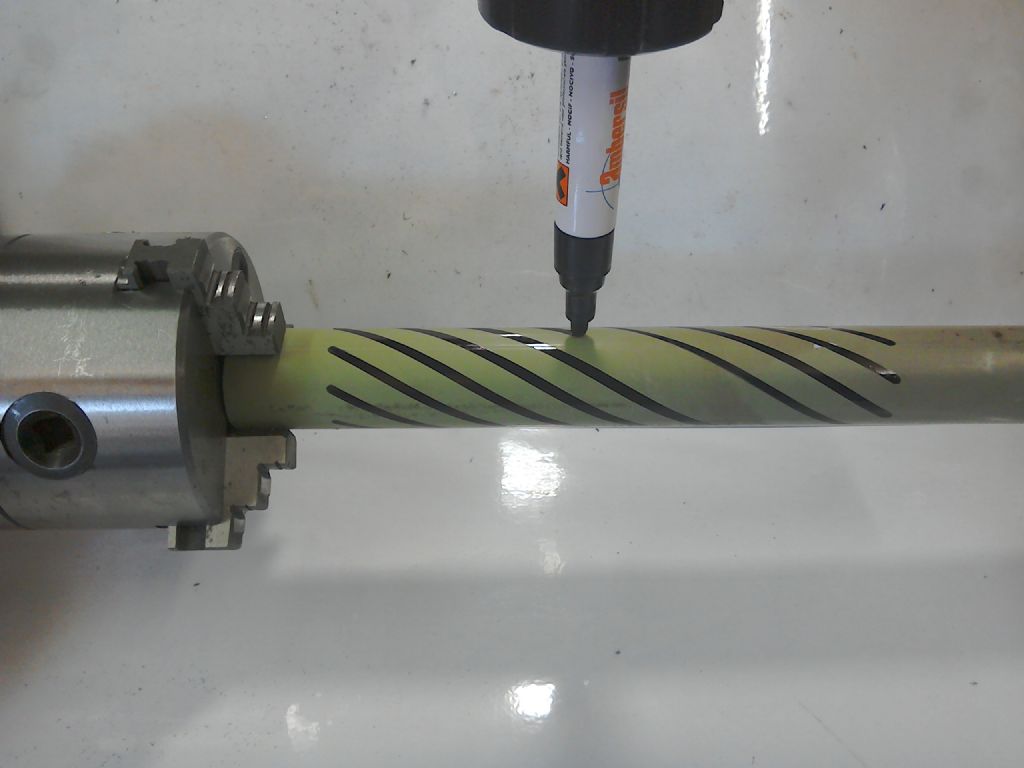Knurling Aluminium / Indexing Parts for Milling
Knurling Aluminium / Indexing Parts for Milling
- This topic has 13 replies, 6 voices, and was last updated 24 May 2021 at 19:07 by
 JasonB.
JasonB.
Viewing 14 posts - 1 through 14 (of 14 total)
Viewing 14 posts - 1 through 14 (of 14 total)
- Please log in to reply to this topic. Registering is free and easy using the links on the menu at the top of this page.
Latest Replies
Viewing 25 topics - 1 through 25 (of 25 total)
-
- Topic
- Voices
- Last Post
Viewing 25 topics - 1 through 25 (of 25 total)








